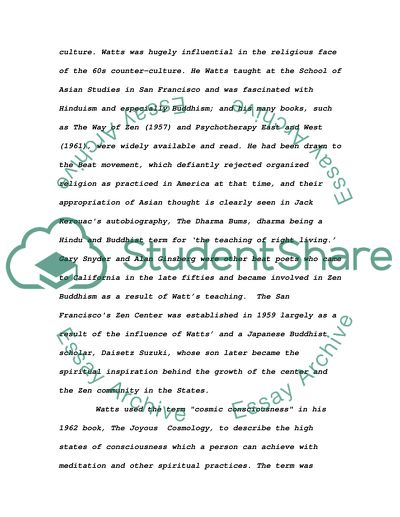Cite this document
(“The Sixties Cultural and Counter Cultural Movement Essay”, n.d.)
The Sixties Cultural and Counter Cultural Movement Essay. Retrieved from https://studentshare.org/history/1527779-the-sixties-cultural-and-counter-cultural-movement
The Sixties Cultural and Counter Cultural Movement Essay. Retrieved from https://studentshare.org/history/1527779-the-sixties-cultural-and-counter-cultural-movement
(The Sixties Cultural and Counter Cultural Movement Essay)
The Sixties Cultural and Counter Cultural Movement Essay. https://studentshare.org/history/1527779-the-sixties-cultural-and-counter-cultural-movement.
The Sixties Cultural and Counter Cultural Movement Essay. https://studentshare.org/history/1527779-the-sixties-cultural-and-counter-cultural-movement.
“The Sixties Cultural and Counter Cultural Movement Essay”, n.d. https://studentshare.org/history/1527779-the-sixties-cultural-and-counter-cultural-movement.


